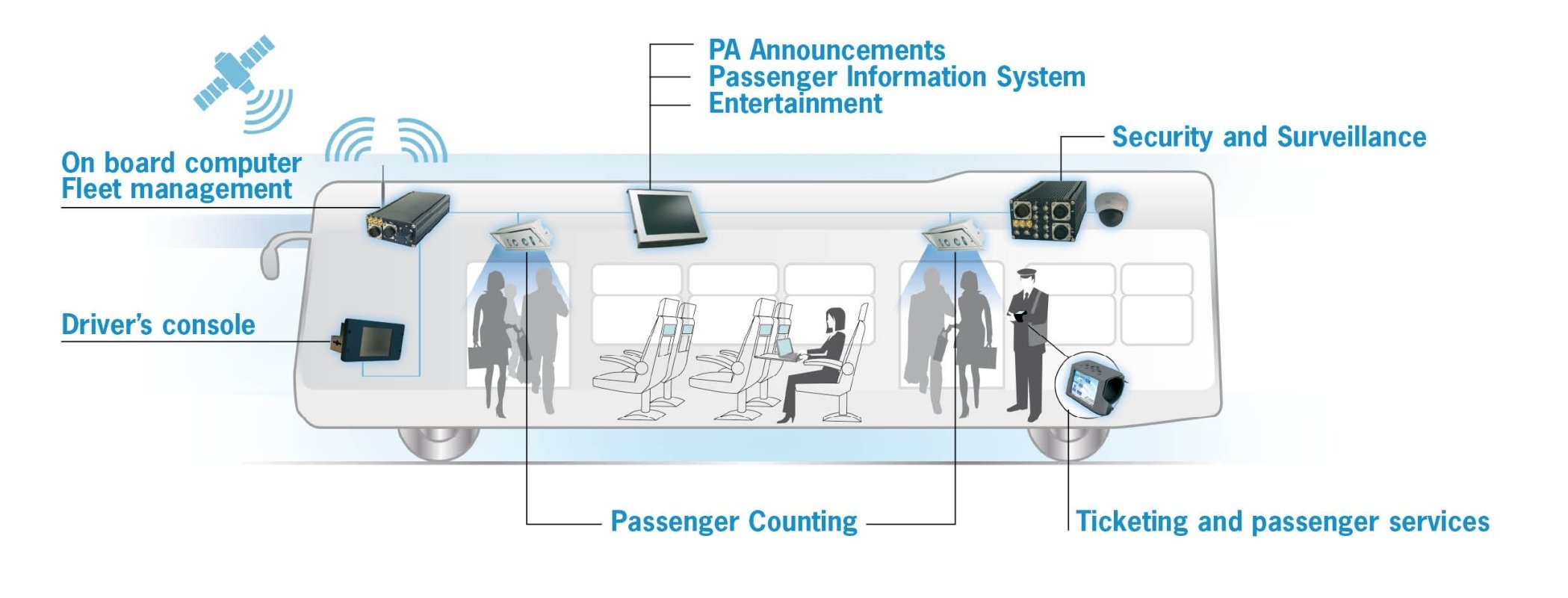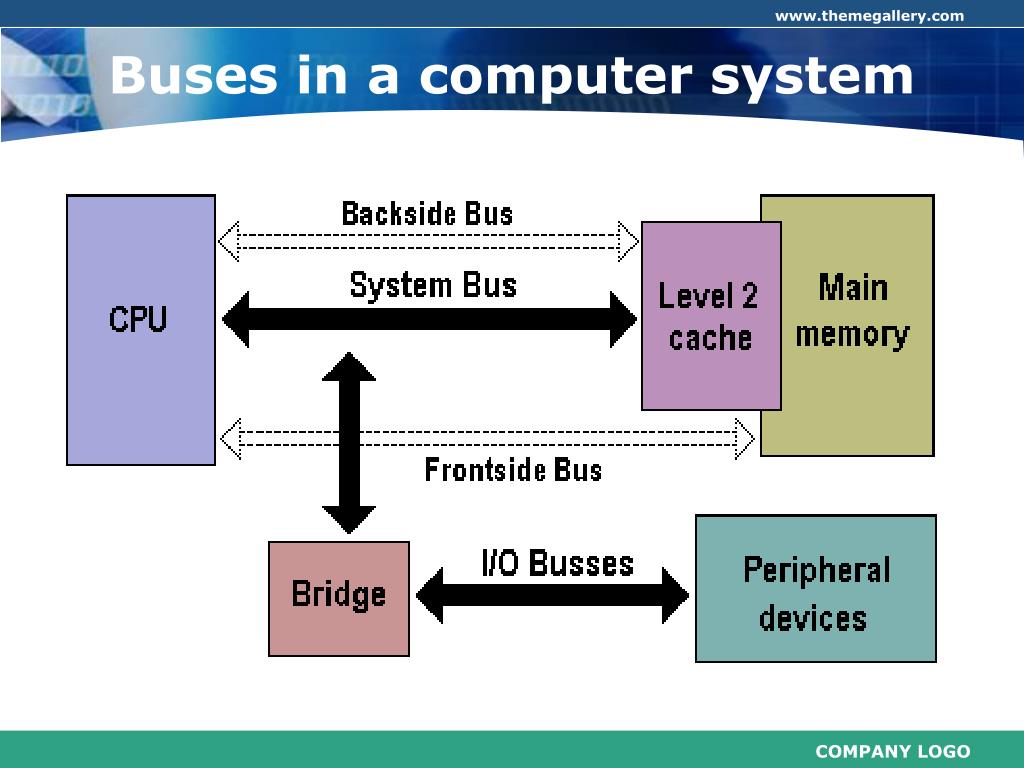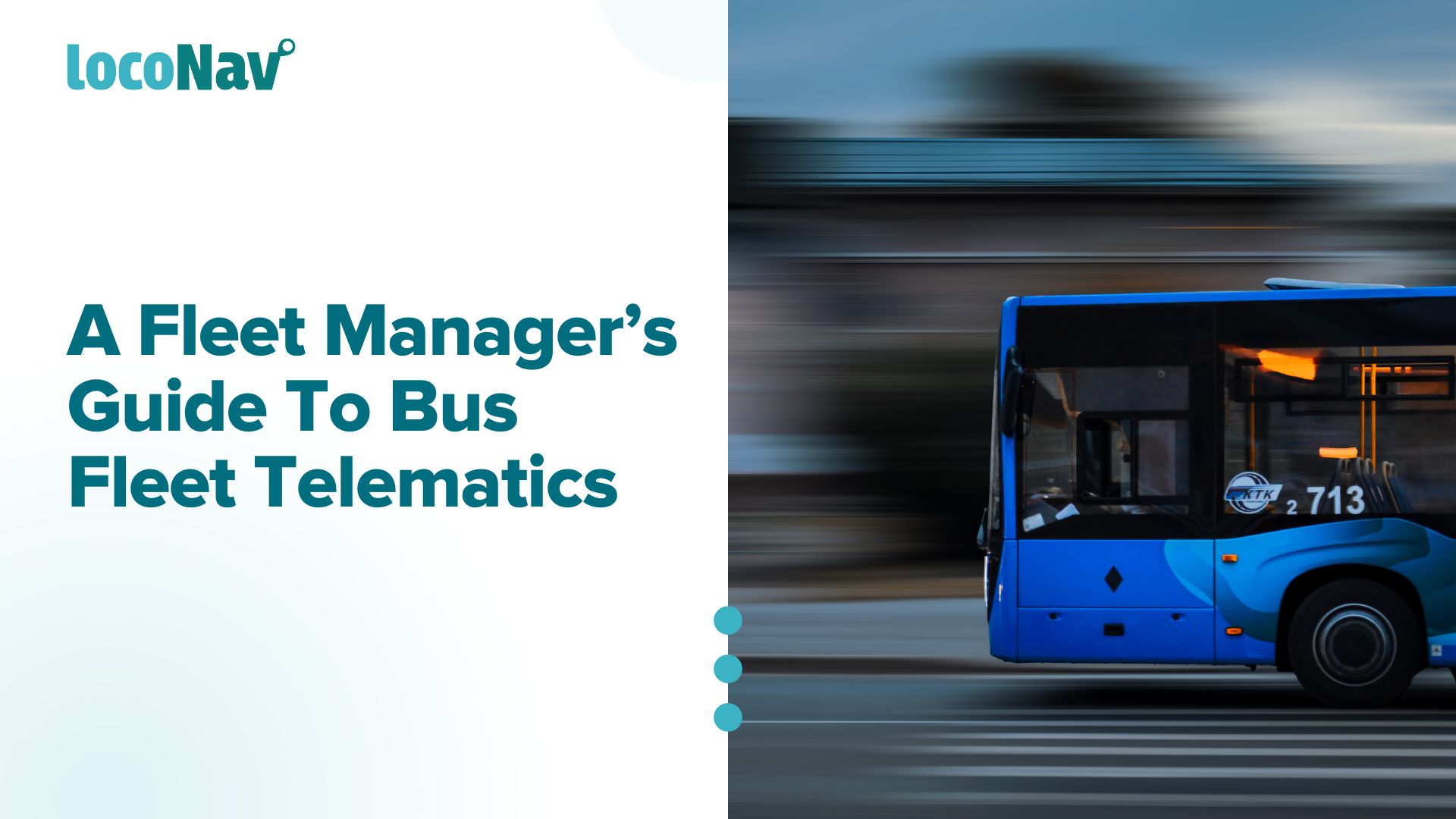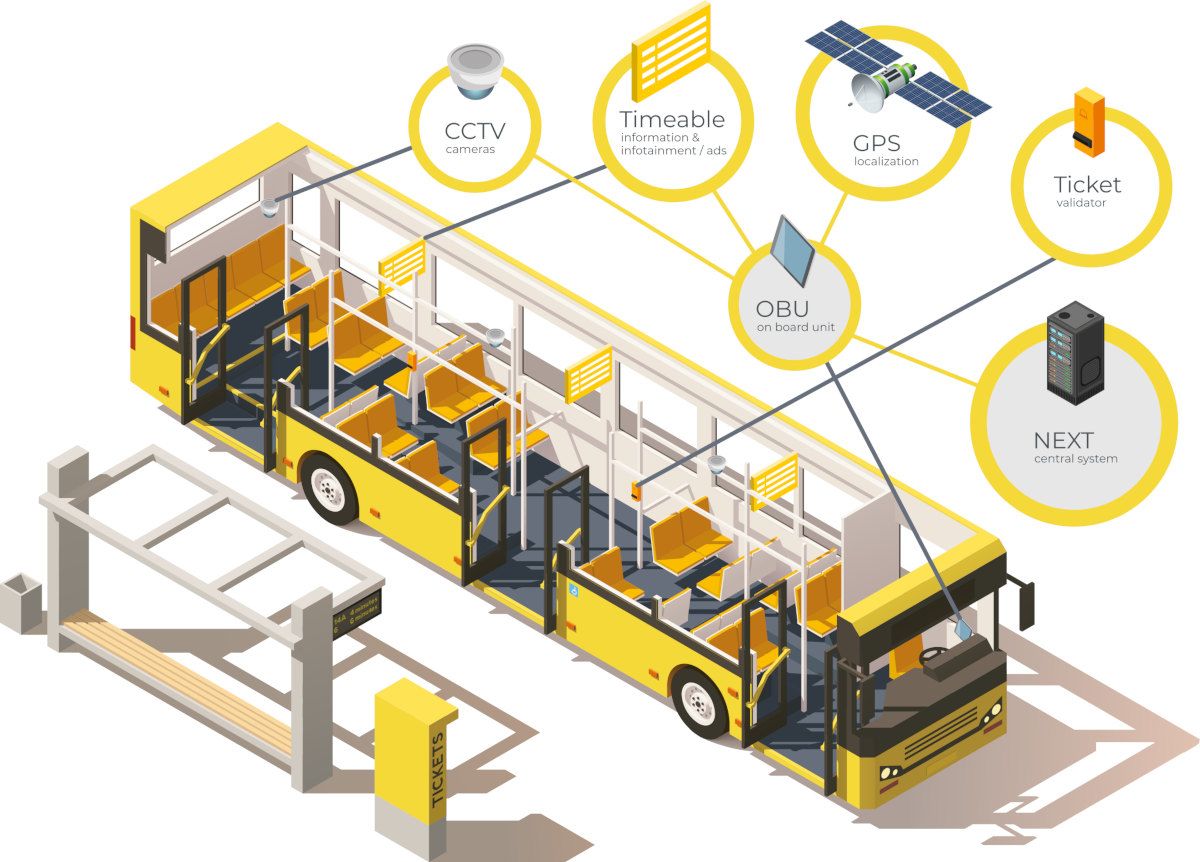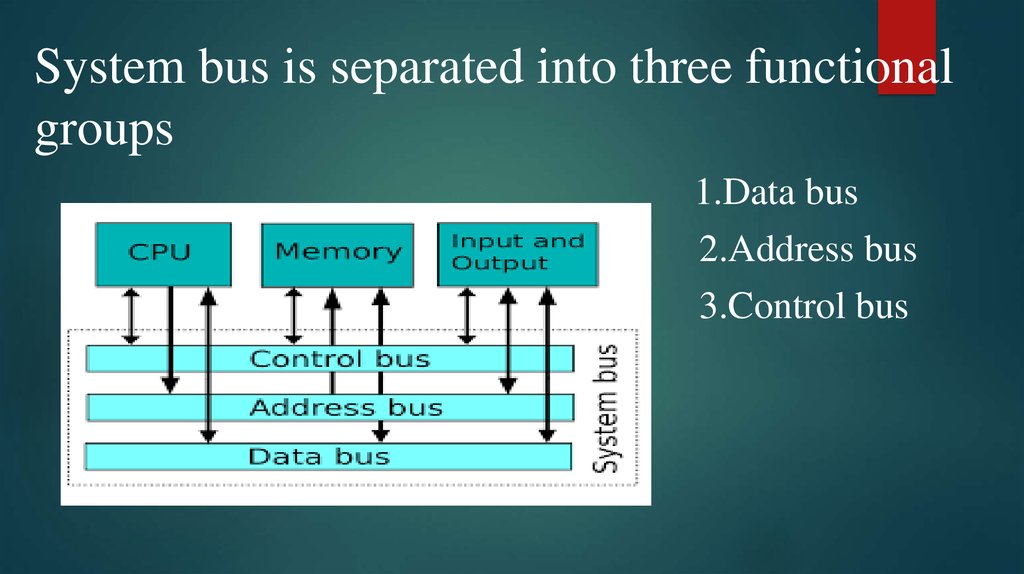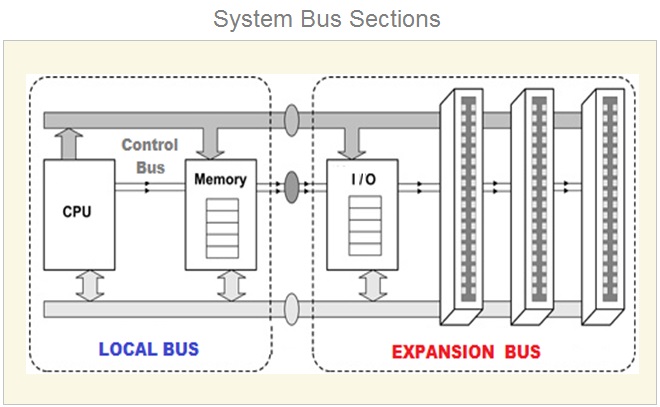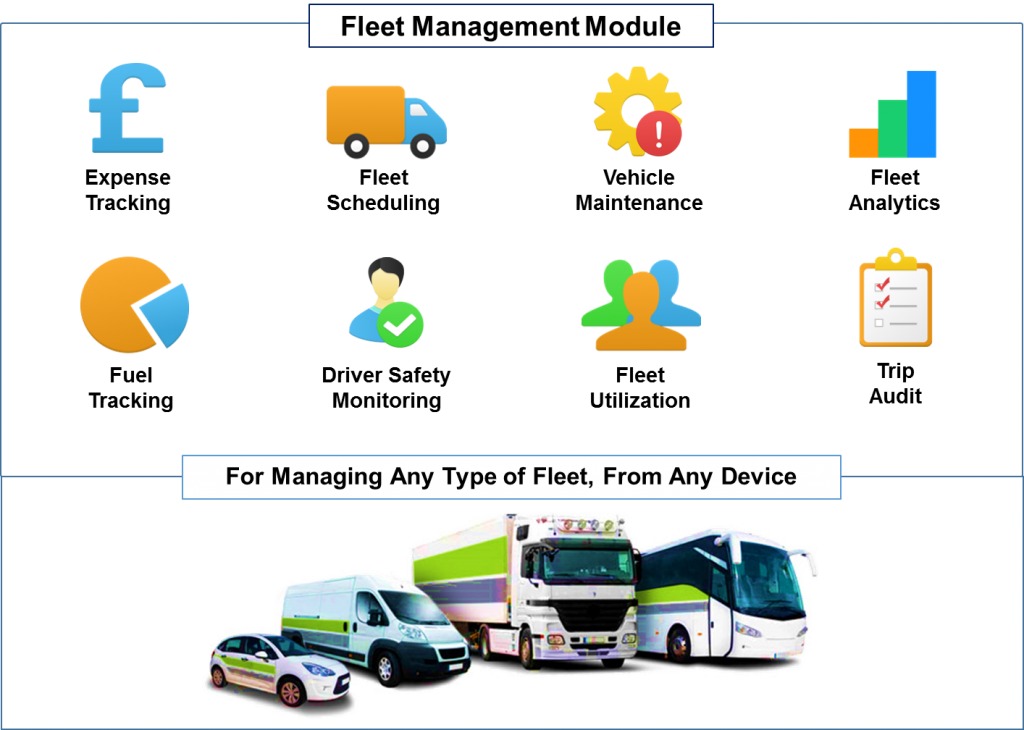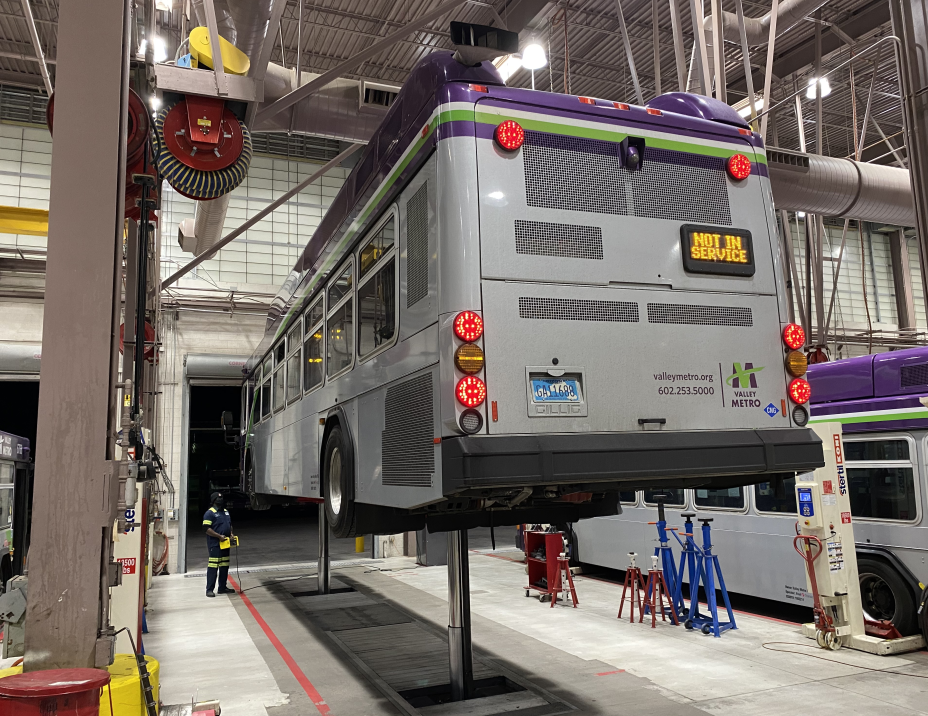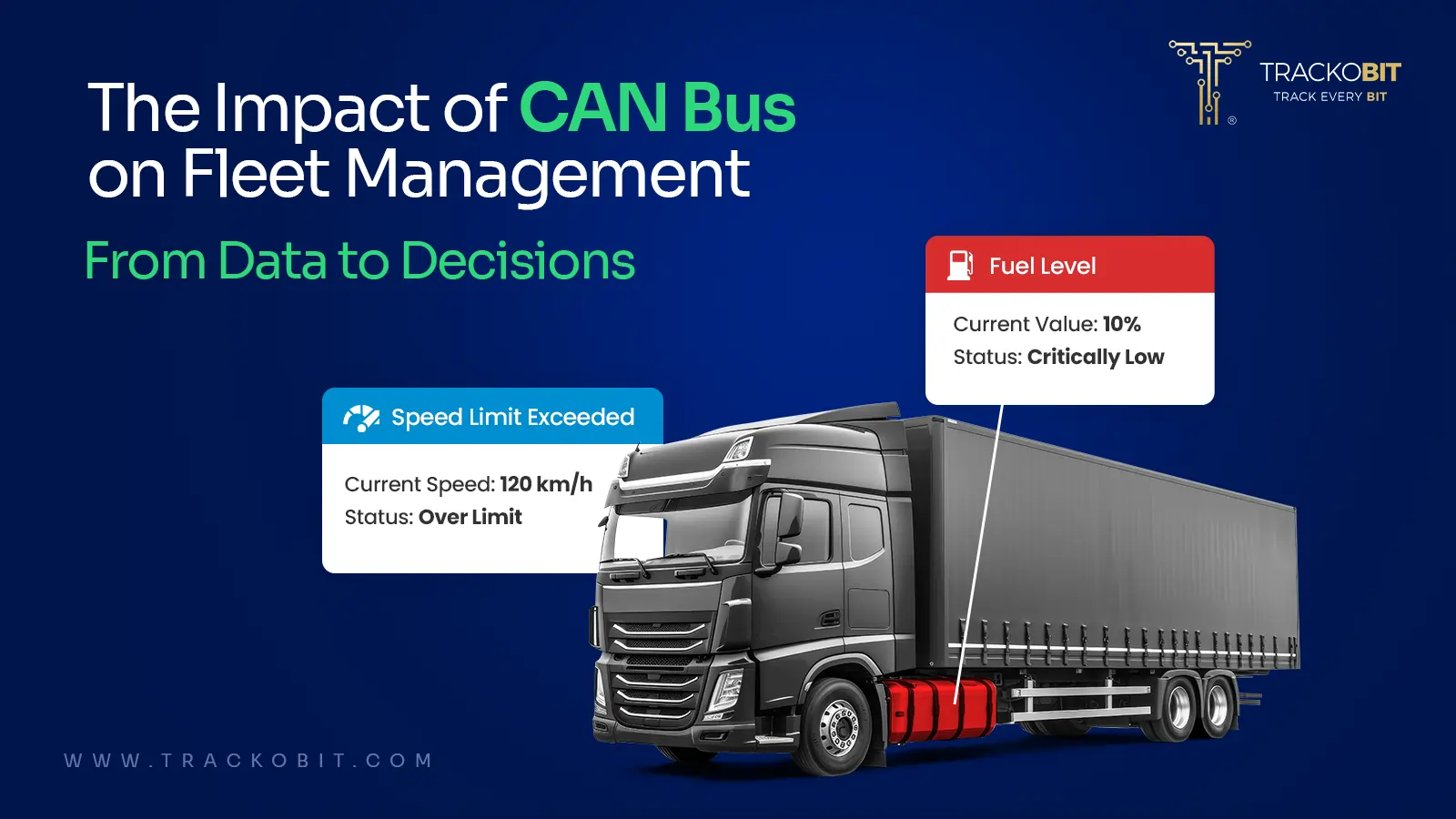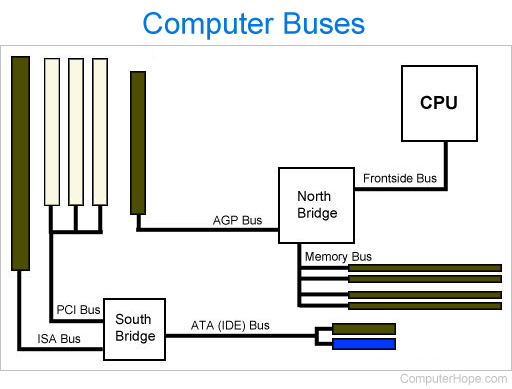What Computer Systems Do Bus Fleet Use In Arizona

Arizona's bus fleets are increasingly relying on sophisticated computer systems to manage operations, enhance safety, and improve the rider experience. From real-time tracking to automated maintenance schedules, technology plays a vital role in keeping these public transportation networks running smoothly.
This article explores the diverse computer systems utilized by bus fleets across Arizona, examining their functionality, benefits, and potential impact on both operators and passengers. Understanding these technologies provides valuable insight into the future of transportation in the state.
Real-Time Tracking and GPS Systems
At the heart of modern bus fleet management lies real-time tracking. These systems, powered by GPS technology, provide operators with up-to-the-minute information on bus locations, speeds, and adherence to schedules.
Companies like TransLoc and Tyler Technologies are key providers of these solutions in Arizona. Real-time data allows for proactive adjustments to routes, optimized dispatching, and accurate arrival time predictions for riders.
"Real-time tracking is essential for efficient fleet management and enhanced customer service," explains a spokesperson from Valley Metro, the regional public transportation authority for the Phoenix metropolitan area.
Automated Passenger Counters (APCs)
Beyond location tracking, many Arizona bus fleets employ Automated Passenger Counters (APCs). These systems utilize infrared or video technology to automatically record the number of passengers boarding and alighting at each stop.
This data is crucial for understanding ridership patterns, optimizing route planning, and justifying service improvements. APCs provide valuable insights that inform decision-making at all levels.
Benefits of APCs
APCs offer several key benefits. They improve data accuracy compared to manual counts, reduce operational costs associated with manual data collection and provide comprehensive ridership data for informed planning and resource allocation.
Computer-Aided Dispatch (CAD) and Automatic Vehicle Location (AVL)
CAD/AVL systems integrate real-time tracking with dispatching functionalities. These systems enable dispatchers to efficiently manage incidents, respond to emergencies, and optimize vehicle assignments.
CAD/AVL systems are crucial for maintaining safety and ensuring a reliable service, especially in densely populated areas like Phoenix and Tucson.
Electronic Logging Devices (ELDs)
While primarily associated with trucking, Electronic Logging Devices (ELDs) are also gaining traction in bus fleets. These devices automatically record driving hours, ensuring compliance with federal regulations and promoting driver safety.
ELDs help prevent driver fatigue and ensure that buses are operated within legal limits.
Maintenance Management Systems
Preventative maintenance is critical for bus fleet reliability. Computerized Maintenance Management Systems (CMMS) automate maintenance schedules, track repairs, and manage parts inventories.
These systems ensure that buses receive timely maintenance, minimizing breakdowns and extending their lifespan.
CMMS help maintain a high level of safety and reliability across the fleet.
Fare Collection Systems
Modern fare collection systems are increasingly digitized. Smart card readers, mobile ticketing apps, and onboard validation systems streamline the fare payment process and provide valuable data on fare usage.
These systems enhance convenience for riders and improve the efficiency of fare collection operations. Valley Metro has implemented a comprehensive smart card system, providing a seamless payment experience for riders.
Security Systems
Many Arizona bus fleets utilize onboard security cameras and surveillance systems. These systems deter crime, provide evidence in case of incidents, and enhance passenger safety.
The presence of security cameras provides a safer environment for both passengers and drivers.
These technologies also contribute to peace of mind on public transportation.
The Future of Bus Fleet Technology in Arizona
The adoption of advanced computer systems in Arizona bus fleets is only expected to increase. Emerging technologies such as autonomous driving, electric buses, and predictive maintenance hold the potential to further revolutionize public transportation.
These advancements promise to create safer, more efficient, and more sustainable transportation options for Arizona residents.
As technology continues to evolve, bus fleets in Arizona will likely embrace new solutions to meet the evolving needs of their communities, making public transportation an ever more vital service for the state.
